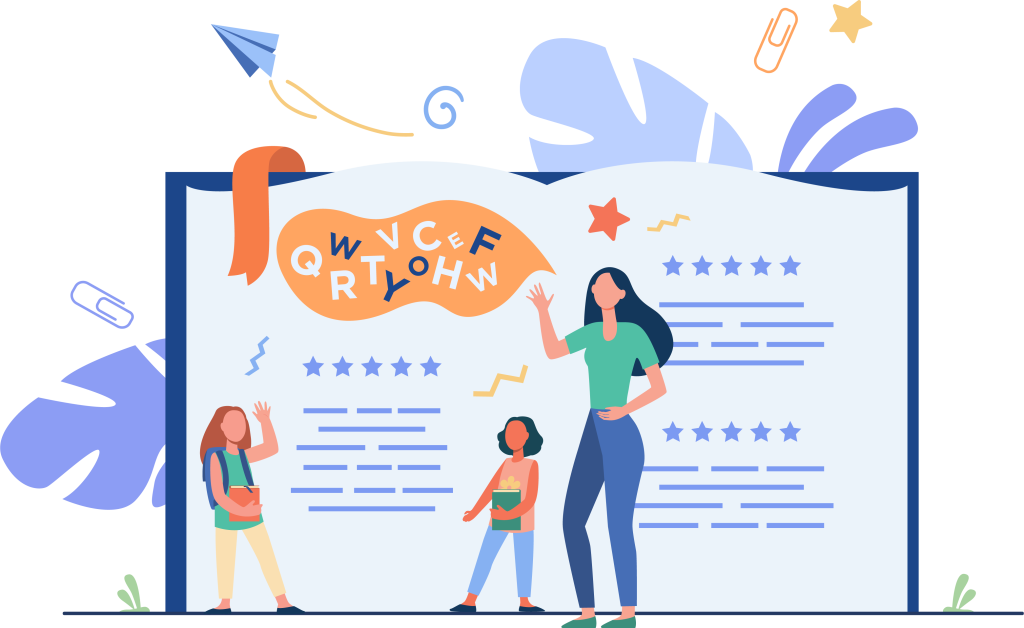Powered by Amee Cohen & Associates | +1 (954) 869-7202 | kshield@acandassociates.com
Powered by Amee Cohen & Associates | +1 (954) 869-7202 | kshield@acandassociates.com
What is the RtI Process?
The Response to Intervention (RtI) process is a type of multi-tiered instruction (MTSS) for providing services and interventions to struggling learners at increasing levels of intensity. It includes the following:
Screening
High-quality instruction
Interventions matched to a student’s needs
Frequent progress monitoring
The use of data to make educational decisions


Response to Intervention (RtI), is an approach to academic intervention used in the United States to provide early, systematic, and appropriately intensive assistance to children who are at risk for and/or underperforming as compared to appropriate grade or age-level standards.
RtI seeks to promote academic success through screening, early intervention, frequent progress monitoring, and increasingly intensive research-based instruction or interventions for children who have difficulty with academics. RtI is a multileveled approach for aiding students that is adjusted and modified as needed if they are failing.
Book a consultation with a Senior RtI Educator at the most convenient date. He will be ready to answer your questions about RtI / ESE and plan best way to implement the process in your school.

Over the past decade, Response to Intervention (RtI) has seen widespread use in schools as an effective tool to promote student learning. Originally developed to help students with learning disabilities, RtI’s success has led to its use for all students at school, not just for those with specialized needs. The approach has several key components:
Contacts
By Appointment only:
1825 NW Corporate Blvd
Suite 110, Boca Raton, FL
33431-8554
200 E Robinson St.
Suite 1120, Orlando, FL
32801-1962
+1 (954) 869-7202
kshield@acandassociates.com
For Mailing Only:
1825 NW Corporate Blvd
Suite 110, Boca Raton, FL
33431-8554
Registration Center
BCBA Application Form
ESE Specialist Application Form
Therapist Application Form
KShield Partnership Program
RtI Private School Partnership
Associated Referral Rewards Program
New Patient Registration Form
New Patient Referral Form
School Registration Form
Clinic, Hospital, Financial Form
Work with us Form
Our Associations
AC&A ESE Specialists and Pediatric Therapists are licensed professionals and follow the best practices and standards approved by their professional associations.
Clinical Management
This site content is under the responsibility of Amee Cohen & Associates. Secure Video Library and Video Consultation HIPAA compliant.